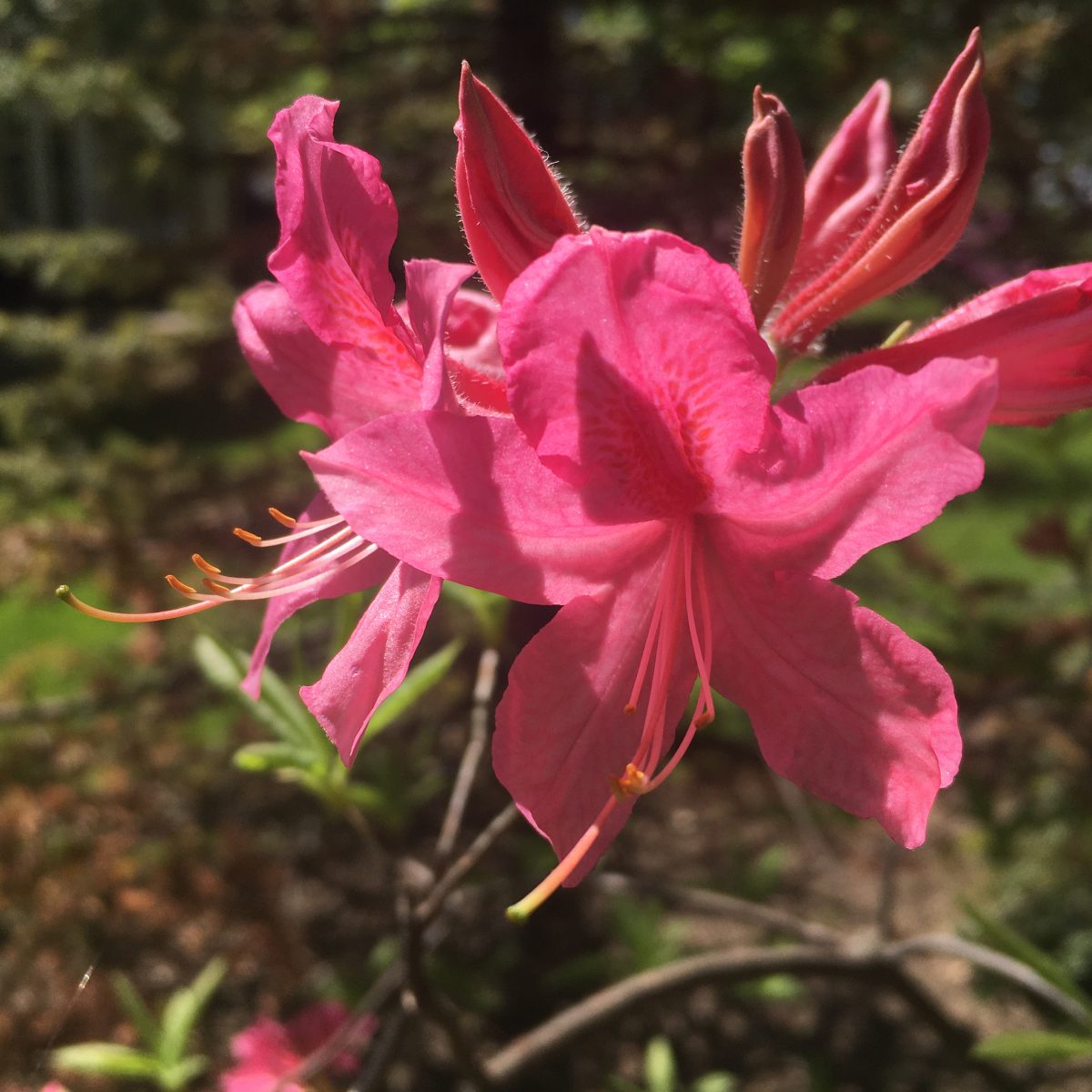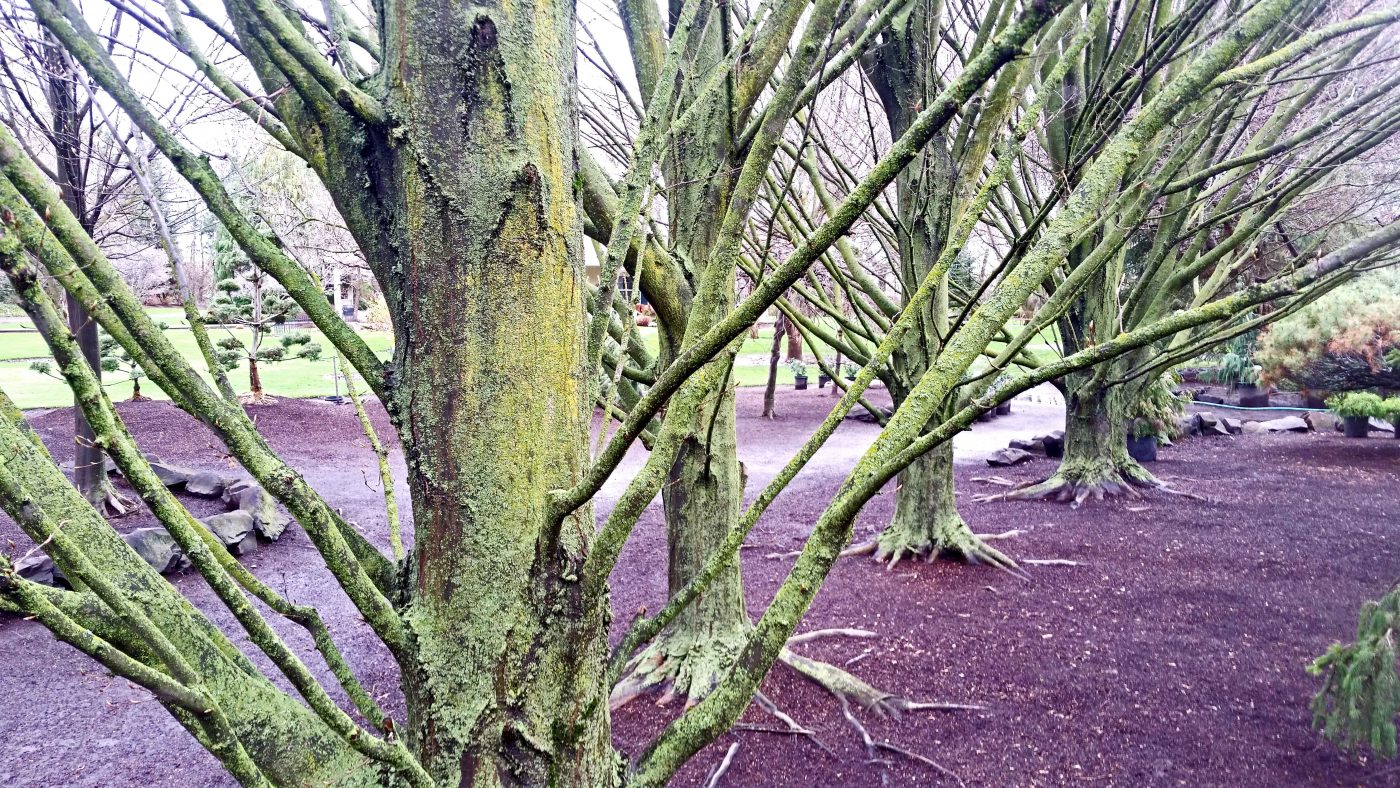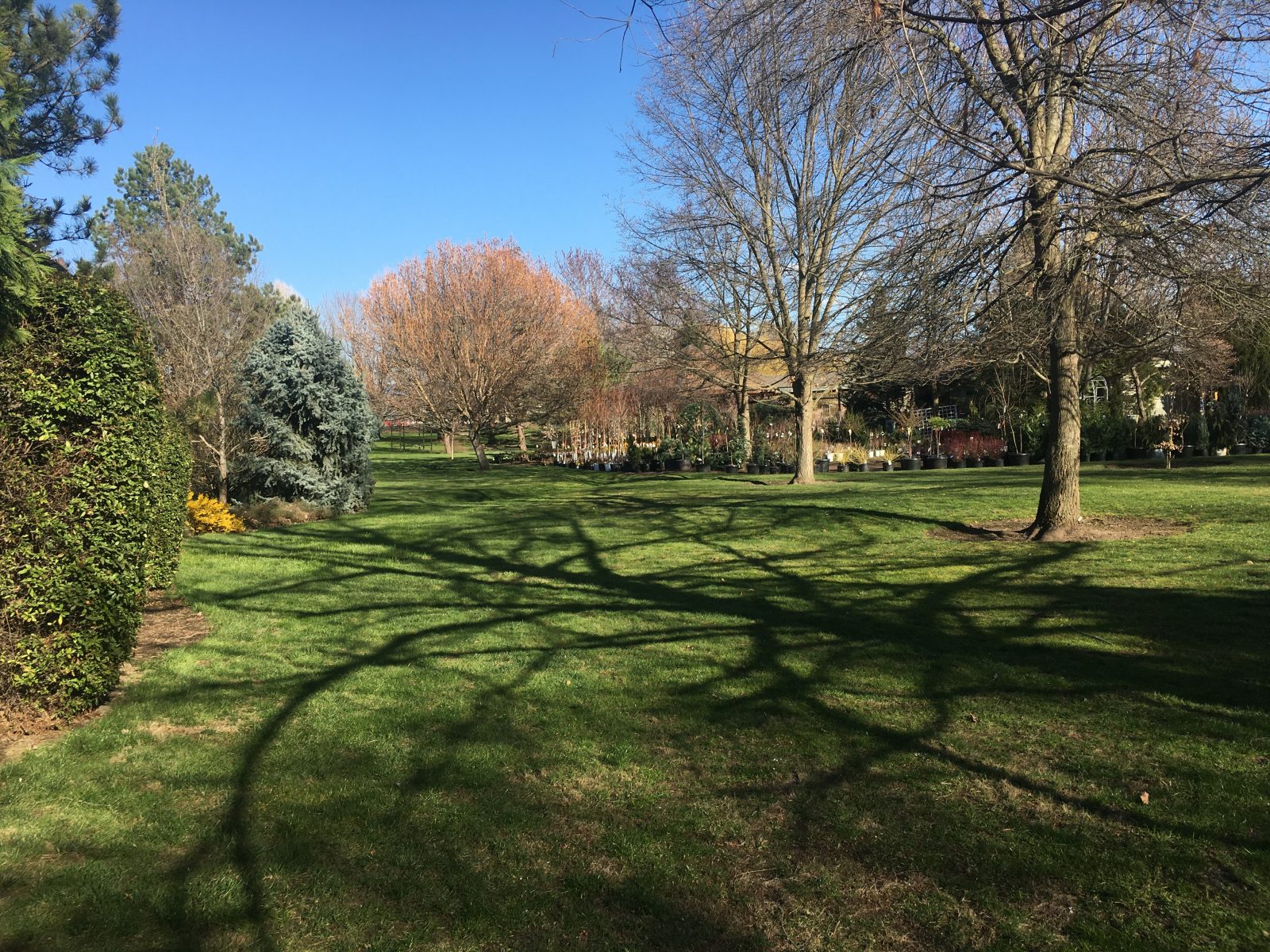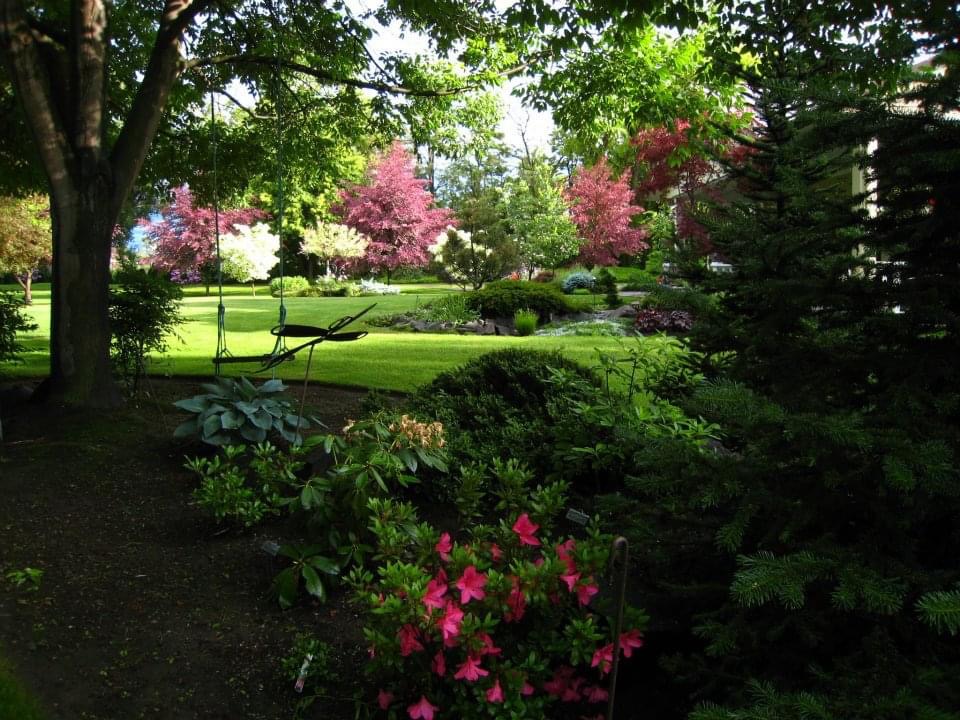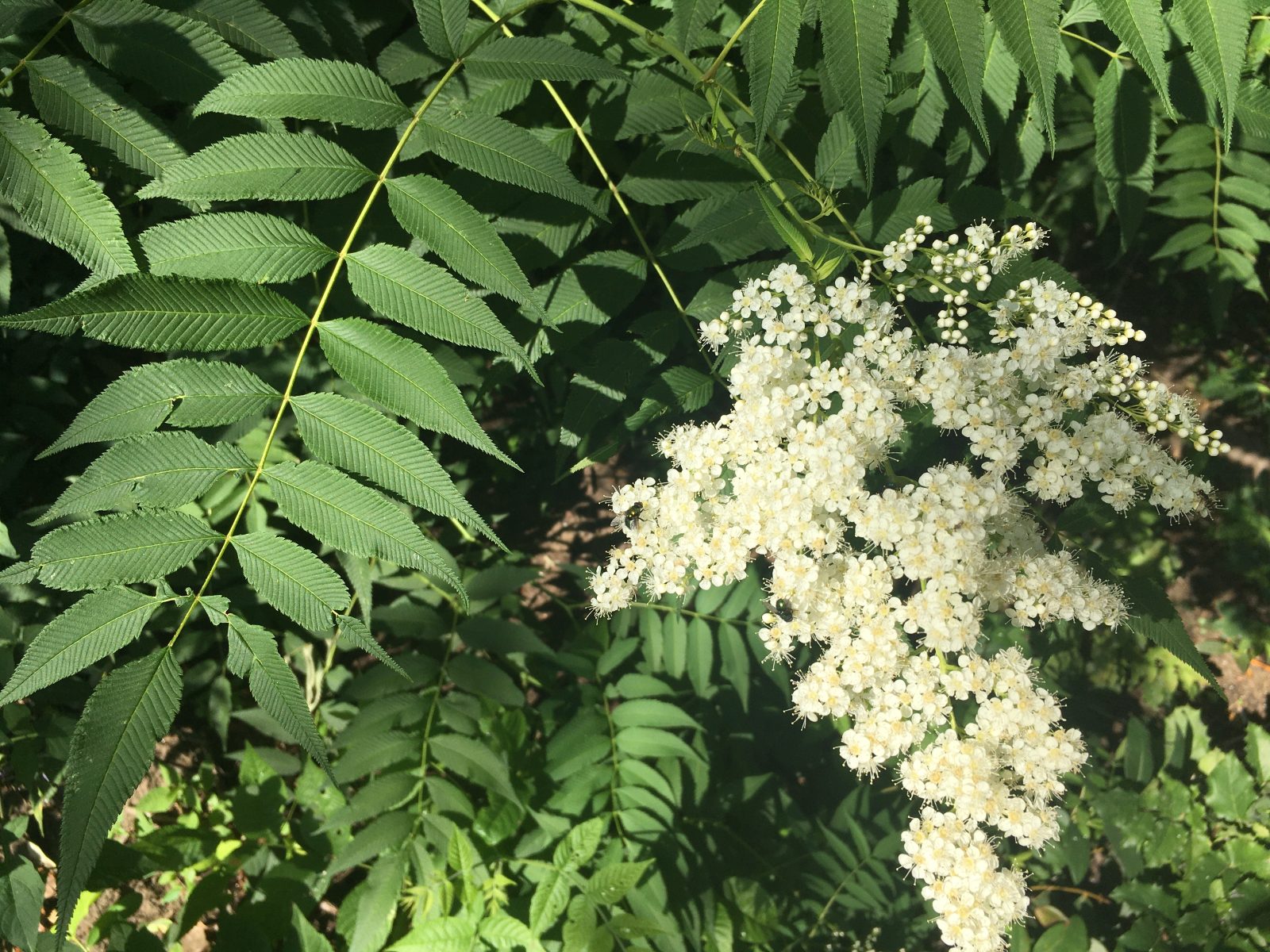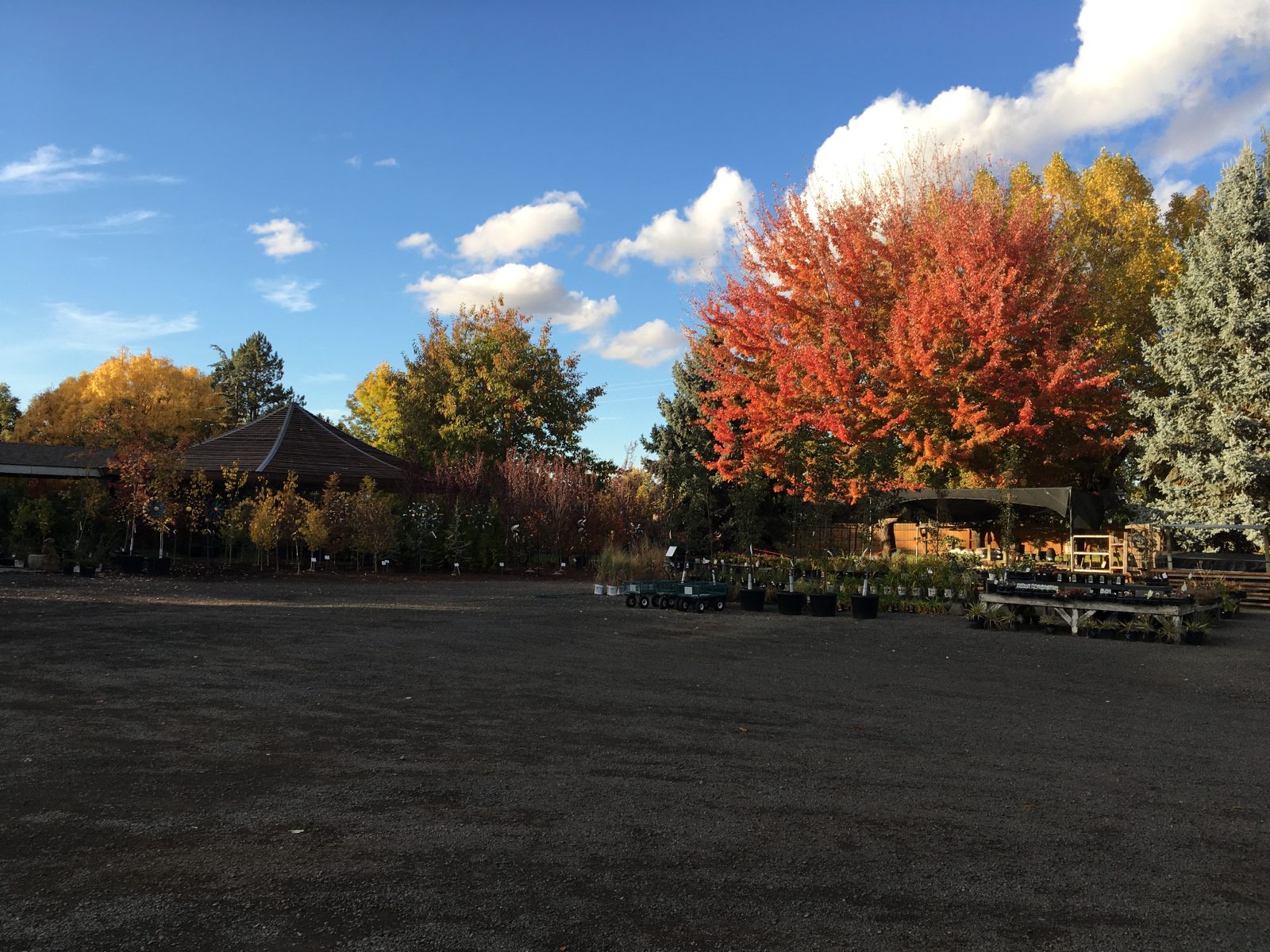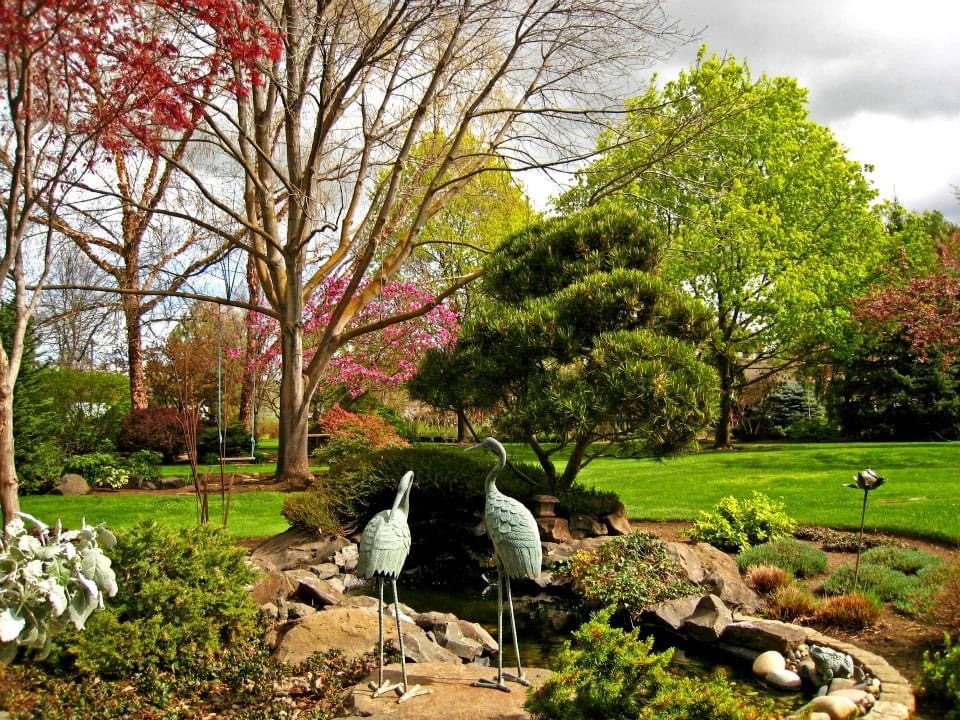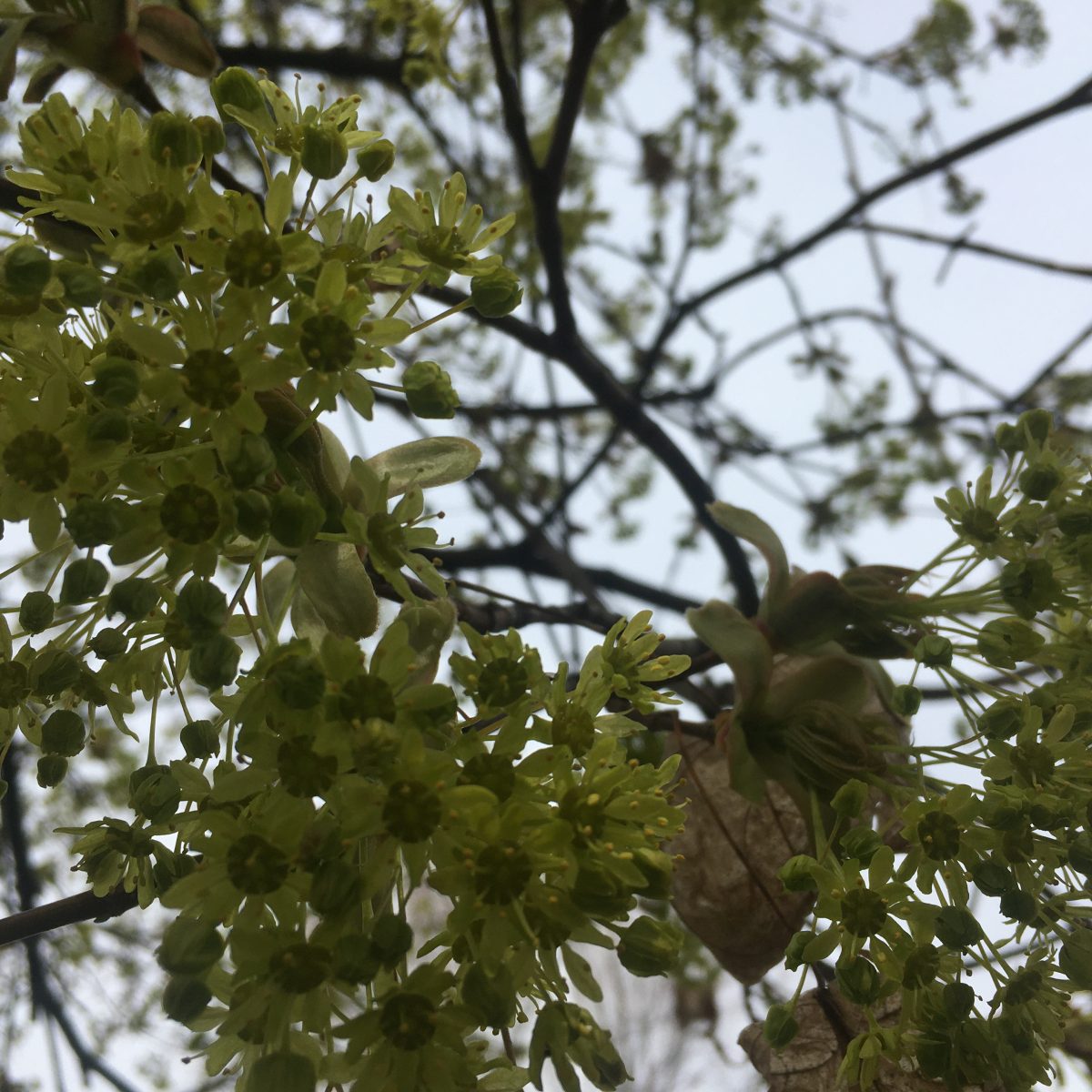In 1989, Yvonne and John Jaso purchased a vacant former wheat field on Plaza Way that would become Green Valley Nursery and, eventually, their home. Over the years they planted hundreds of shrubs and trees on the property, taking care of the land, managing its resources, and creating a sanctuary for plants, wildlife, and people to enjoy. In 2017, Yvonne and John’s stewardship role was passed on to a new generation. Their daughter, Anne, and their long-time employee, Naomi, now manage the nursery—and its beautiful grounds—under new stewardship as Green Valley Gardens Nursey and Arboretum.
Here we provide some additional background on the property’s history, as well as a self-guided tour map for customers who would like to explore the Green Valley Gardens arboretum.
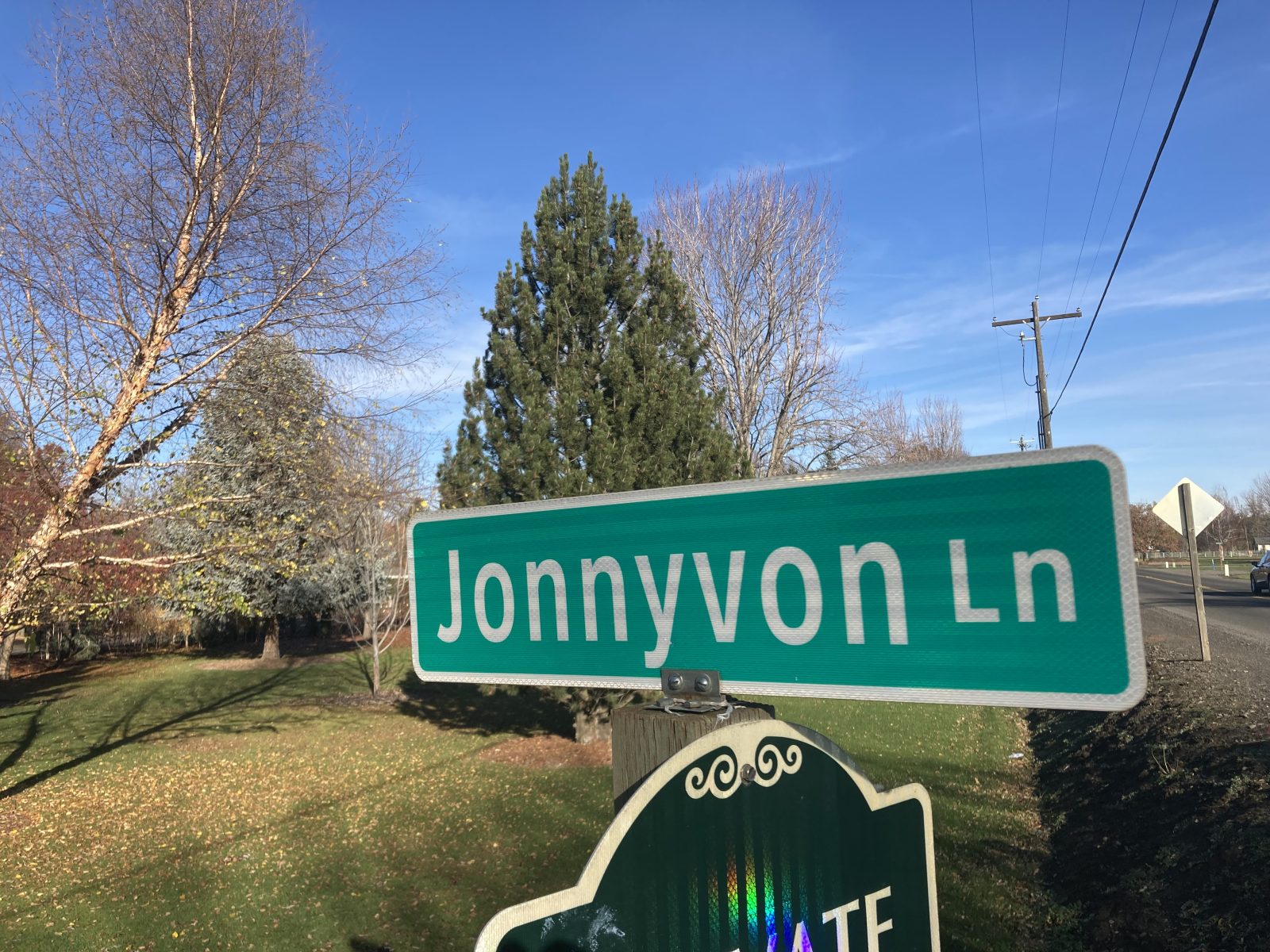
The arboretum provides a fascinating case study in land use history. When Yvonne and John first purchased the property in 1989, it had most recently been used for wheat farming, and had been the site for other types of horticultural activities prior to wheat cultivation. Although some trees, such as an old crack willow, grew alongside the Yellowhawk and Russell Creek edges of the property, the land was primarily an open field with a monoculture ecosystem. The first step in land use transition was to burn off the wheat stubble and begin assessing the property’s hydrology.
In 1990, when a proper irrigation system had yet to be installed, the Jasos began planting some of the first trees in what would one day become the Green Valley Gardens arboretum collection. First, they planted two Norway maples (Acer platinoides cultivars) just west of their nursery business sales building. Although the Jasos encountered some land management challenges, such as a massive flood in 1996 that covered most of the property in layers of mud so deep it took a team of friends and family to unbury all the plants, they served as diligent stewards of the land and succeeded at transforming the property. They built their home behind the nursery in 2001 and became beloved members of the Plaza Way and broader Walla Walla County community over the decades.
The picture below shows an aerial view of Green Valley Nursery in 1991. Beyond the area where the nursery stock was displayed for sale, one can see where the wheat field was becoming a lawn. In addition to the pair of Norway maple saplings (seen here on the lawn near the bottom righthand corner of the image), the Jasos had planted a few conifers on the east side of the property along Plaza Way, as well as a few other trees throughout the property.
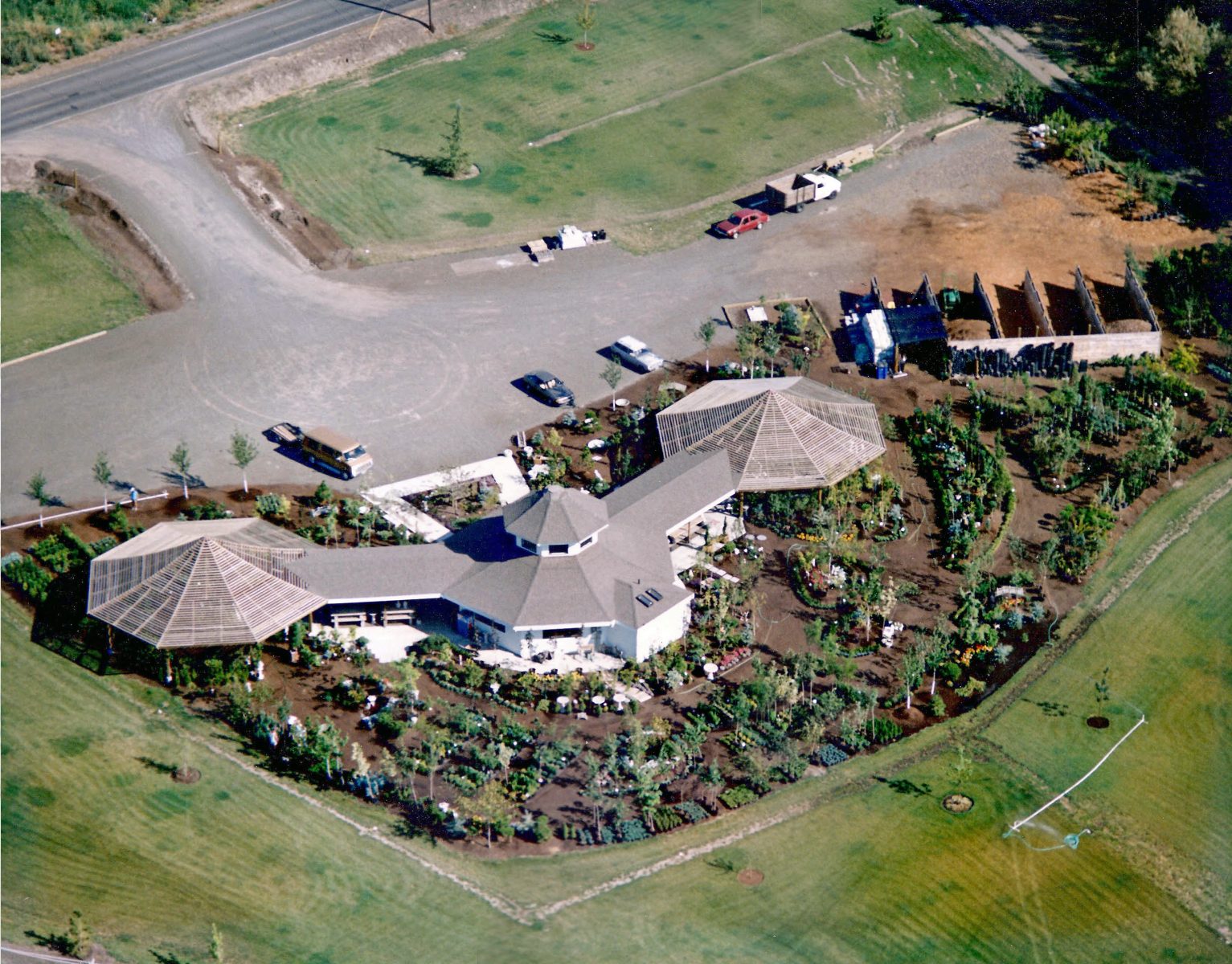
Each year a few more trees, shrubs, vines, and perennials were added, all according to Yvonne and John’s keen sense of elegant landscape design. Some trees did very well on the property while others did not, in part due to challenges presented by a high water table and compacted soil on some parts of the property. Where a given plant failed to thrive, it was replaced with something different, and the property became more and more like a magical woodland habitat.
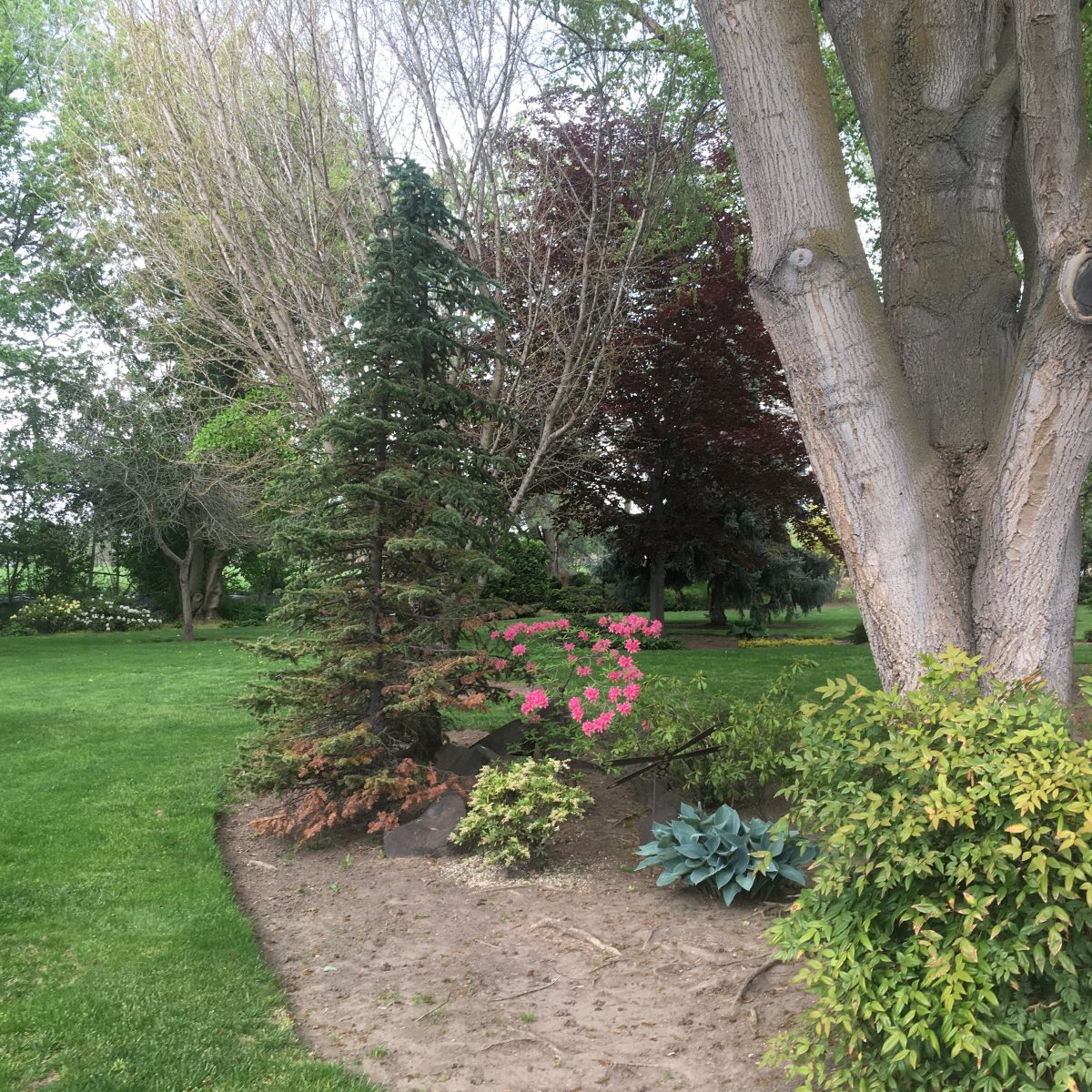
Around 40 species of birds and many insect pollinators began to take up residence in this biodiverse manmade ecosystem, and by 2008 the land had been transformed to what is seen in the aerial photo below.
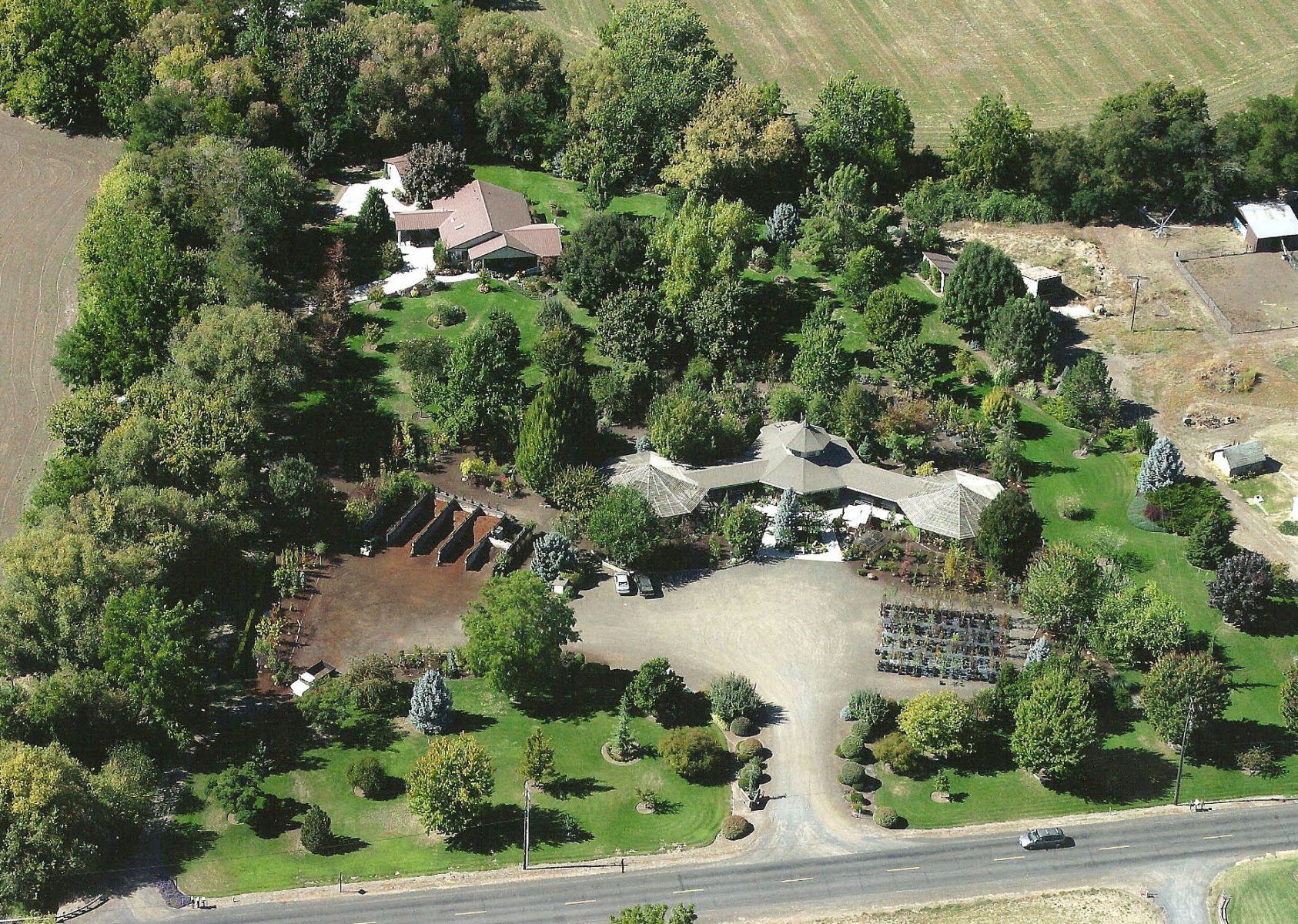
Some of the trees and shrubs that were added over the years were gifts from growers, while others were charming misfits—a nursery tree with a crooked trunk that no customers wanted to buy, or a valiant little shrub that had survived some sort of damage. With Yvonne and John’s attentive care and maintenance, these plants were given the space and support to thrive, and they became what is now a beautiful arboretum for the public to enjoy.
The Green Valley Gardens arboretum provides ever-changing scenery, not just because of seasonal transitions and the planting of new trees, but also due to ongoing landscape design experiments added to the property over time. For example, during the 2019 and 2020 seasons, landscape design expert Julie Banister helped to create the unique shade garden that serves as the gateway from the nursery to the heart of the arboretum. Julie has also provided Green Valley Gardens with additional landscape design plans that will be implemented over time.
Under the mentorship of the now retired Yvonne and John, Green Valley Gardens employee Loretta Pedersen began formally mapping and cataloguing the arboretum collection in 2020. This project was completed at the end of 2021. Customers may now take a self-guided tour of the public part of the arboretum using the Green Valley Gardens arboretum map, with the caveat that some plants may have been added or removed since the creation of this map. This self-guided tour will introduce visitors to over 300 woody plants throughout the property.
There are over 160 species of woody plants—including distinct cultivars within many of those species—growing in the arboretum, representing over 40 plant families from all over the world. Here are some noteworthy specimens in the collection:
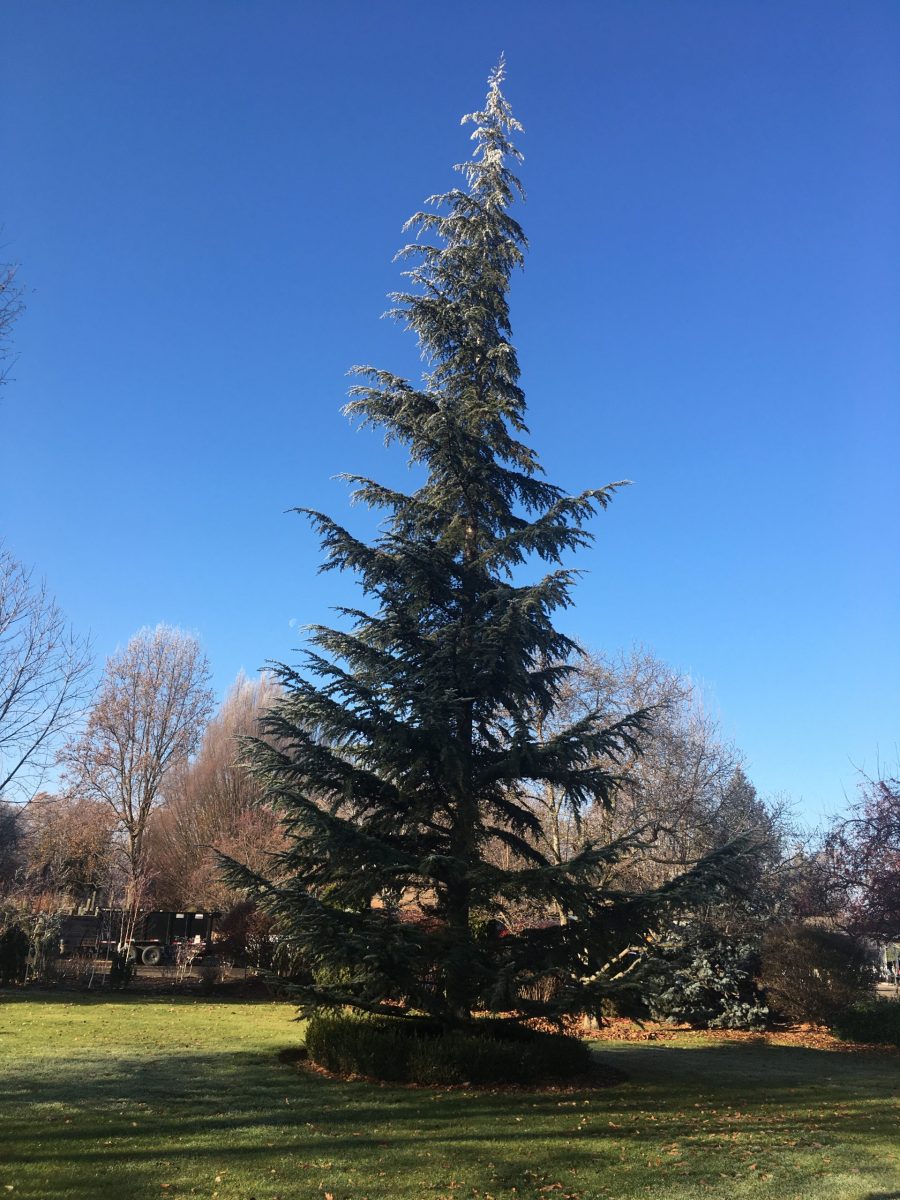

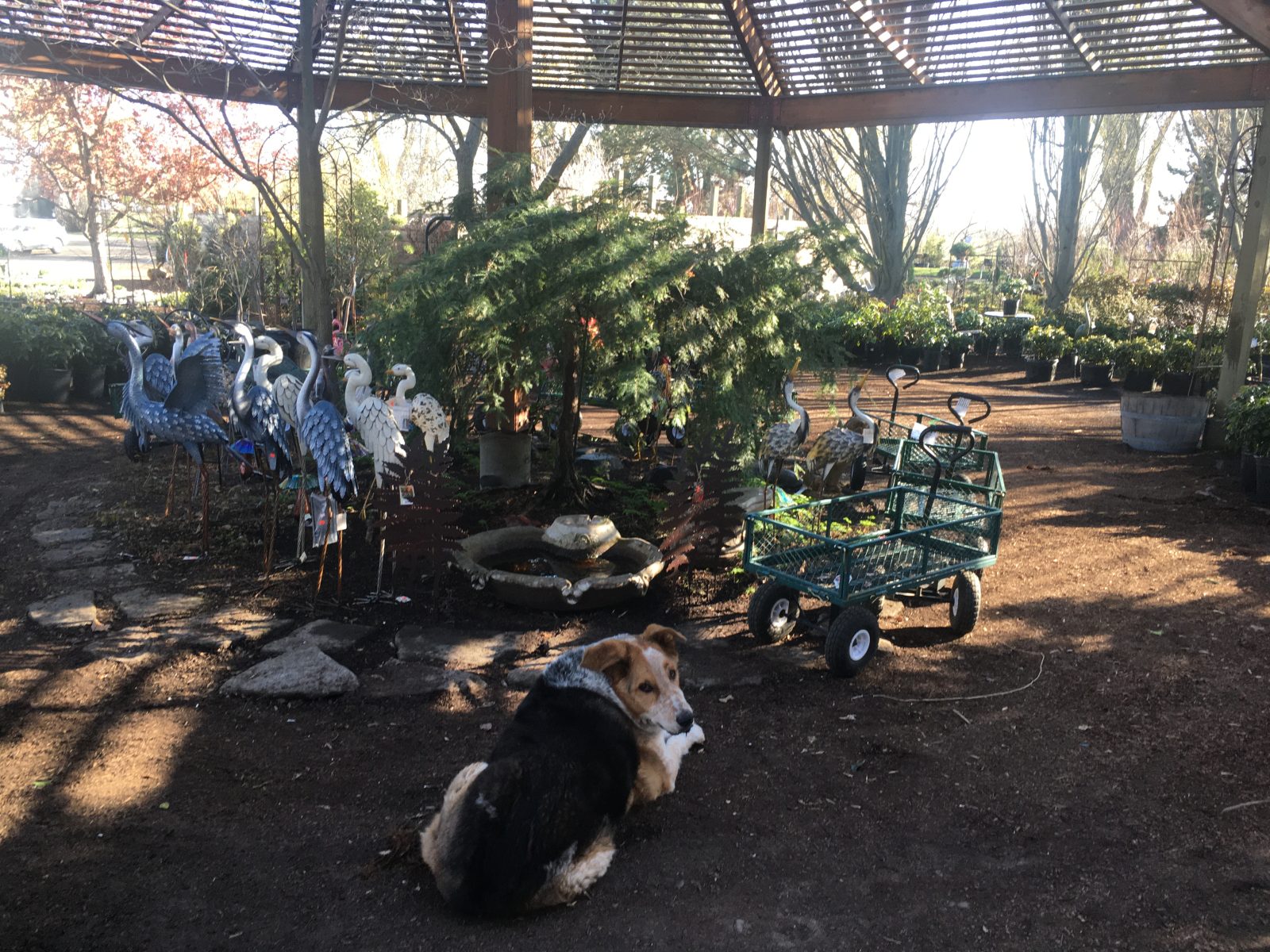
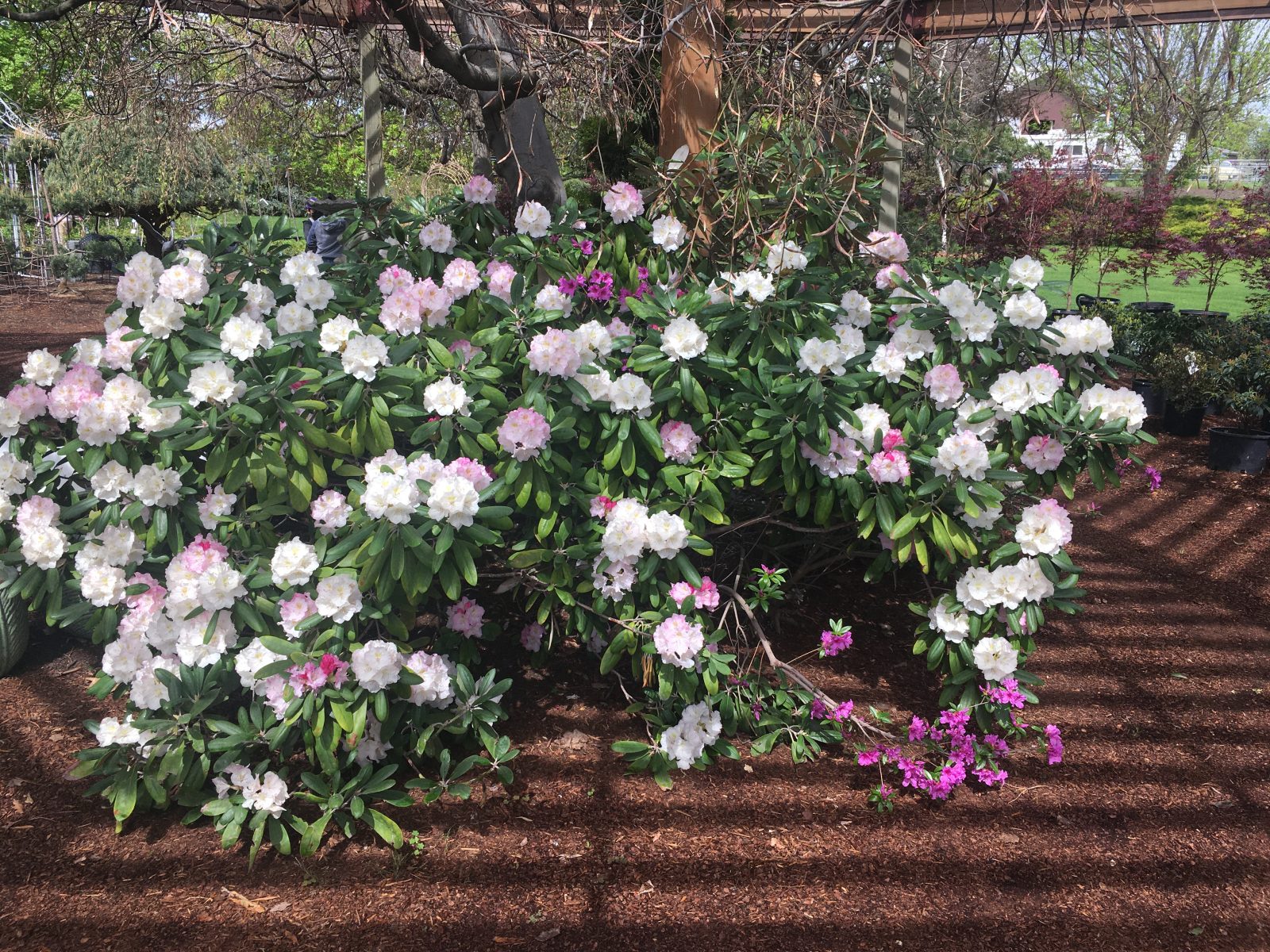



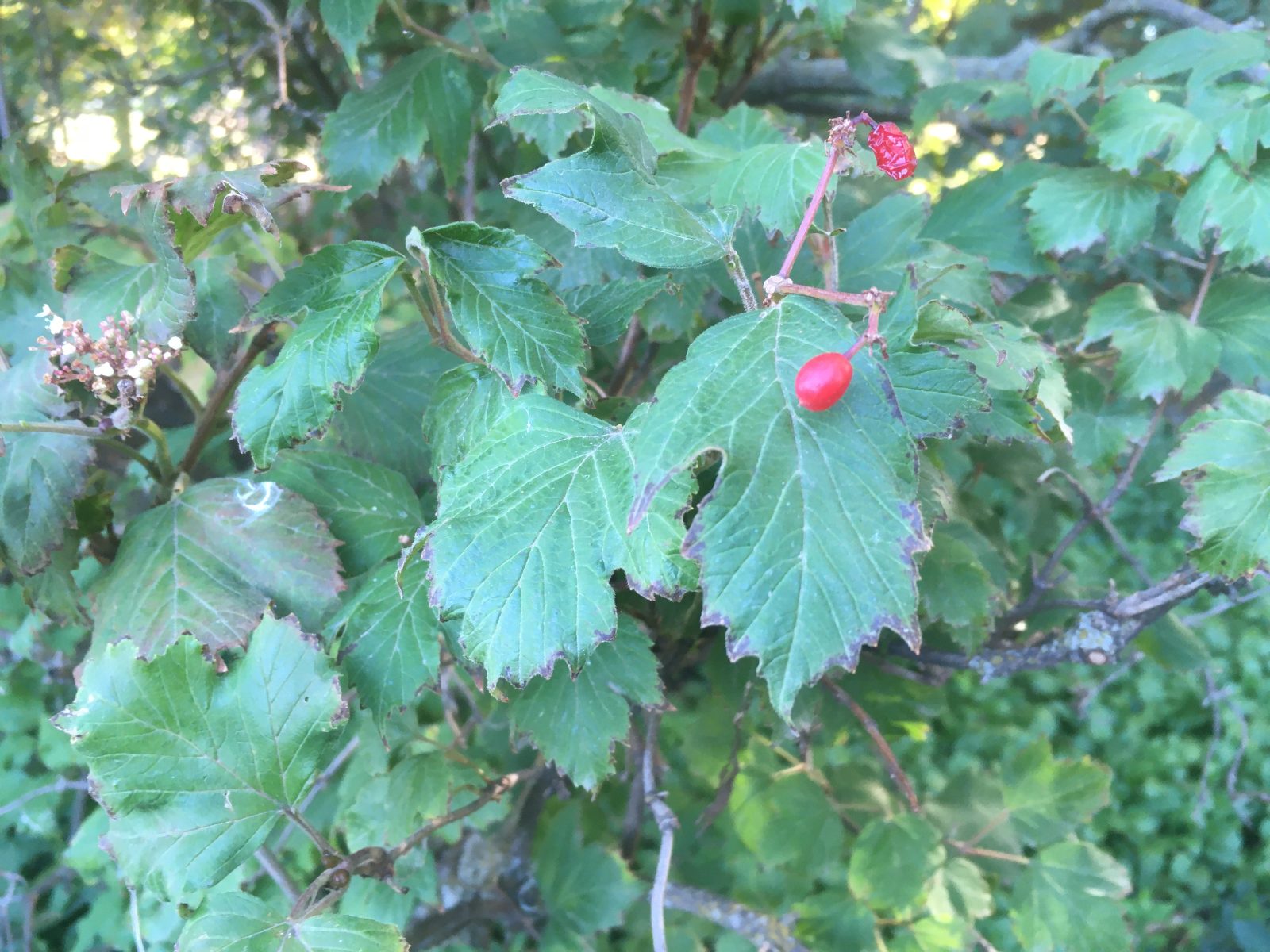
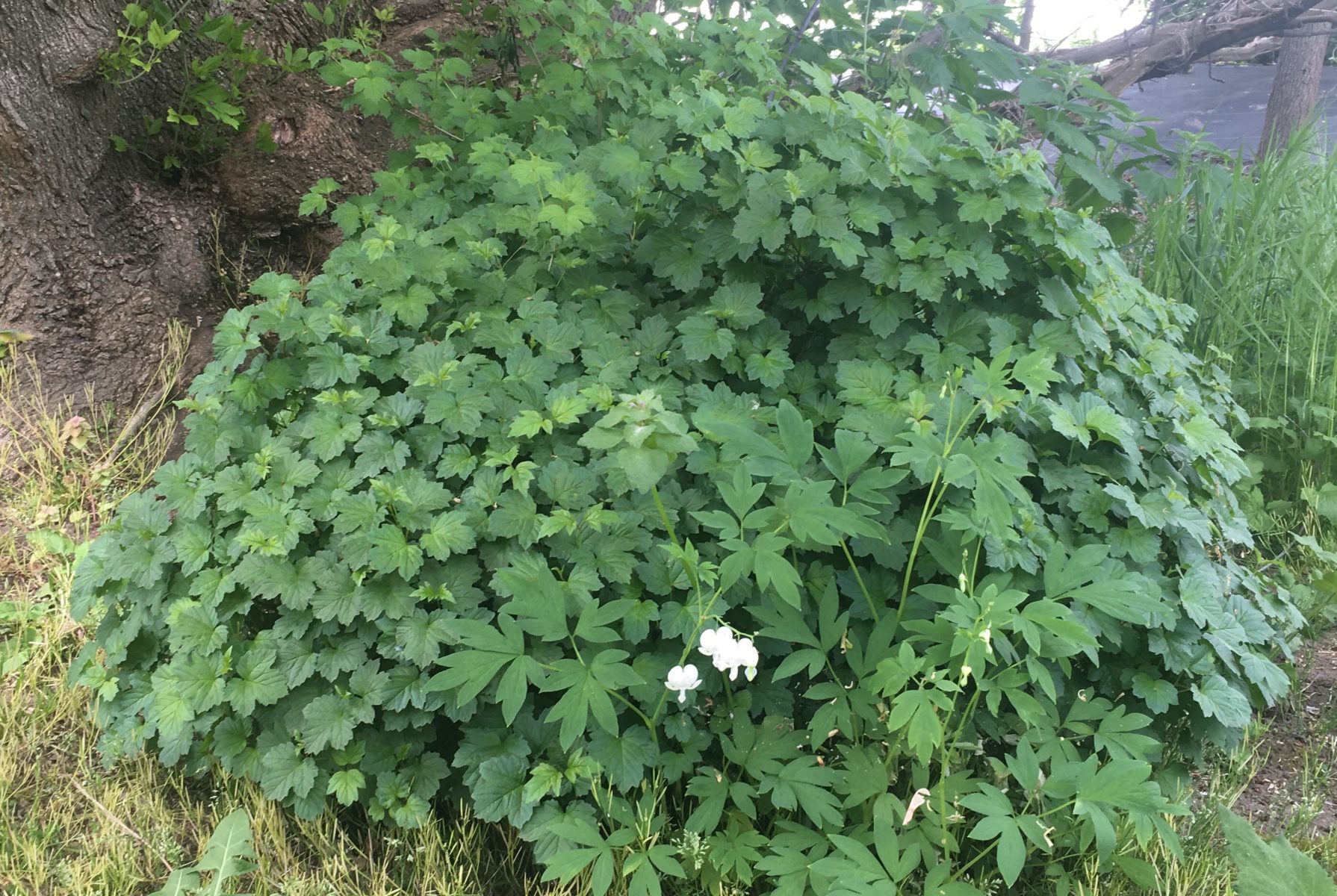
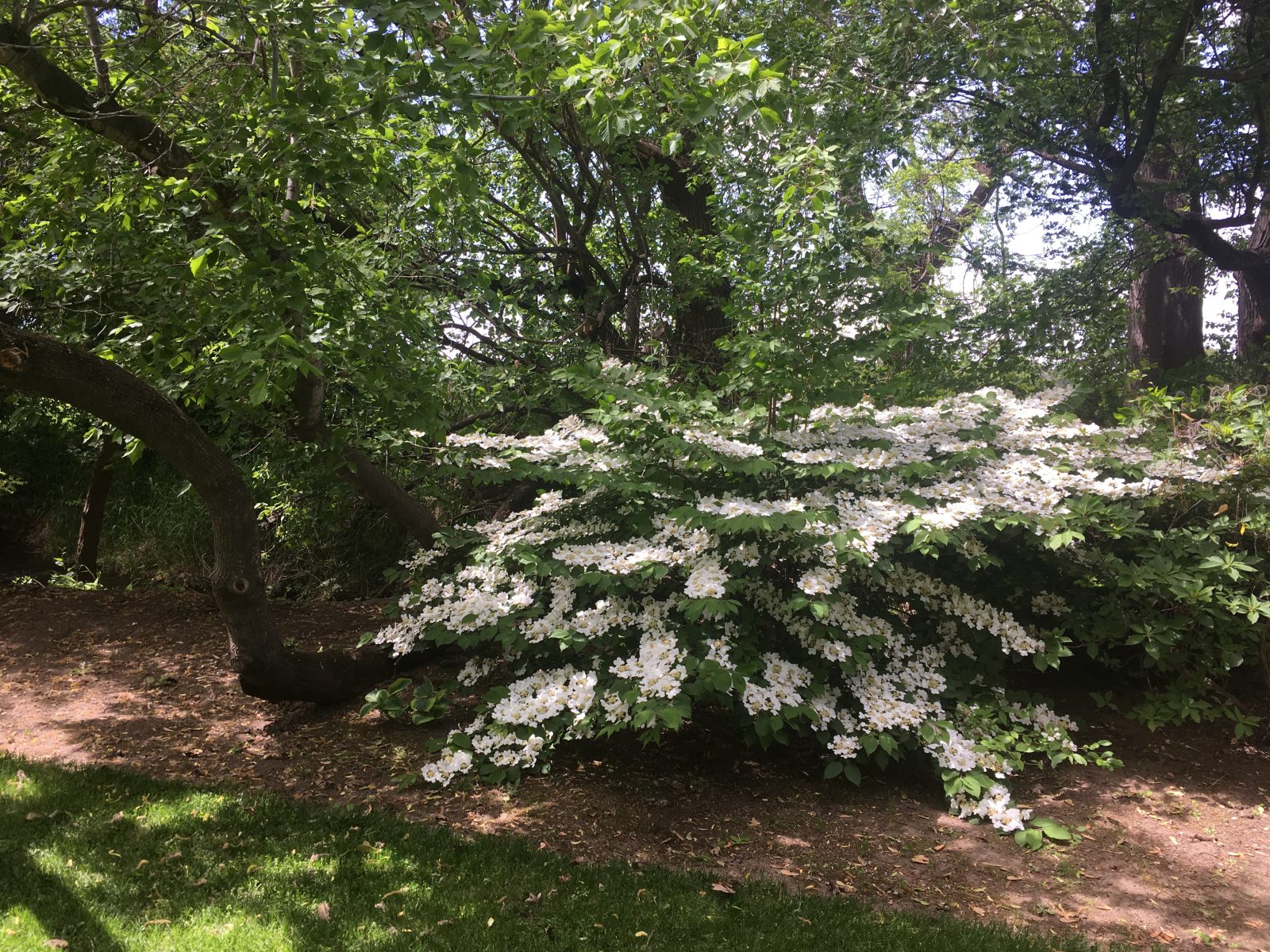
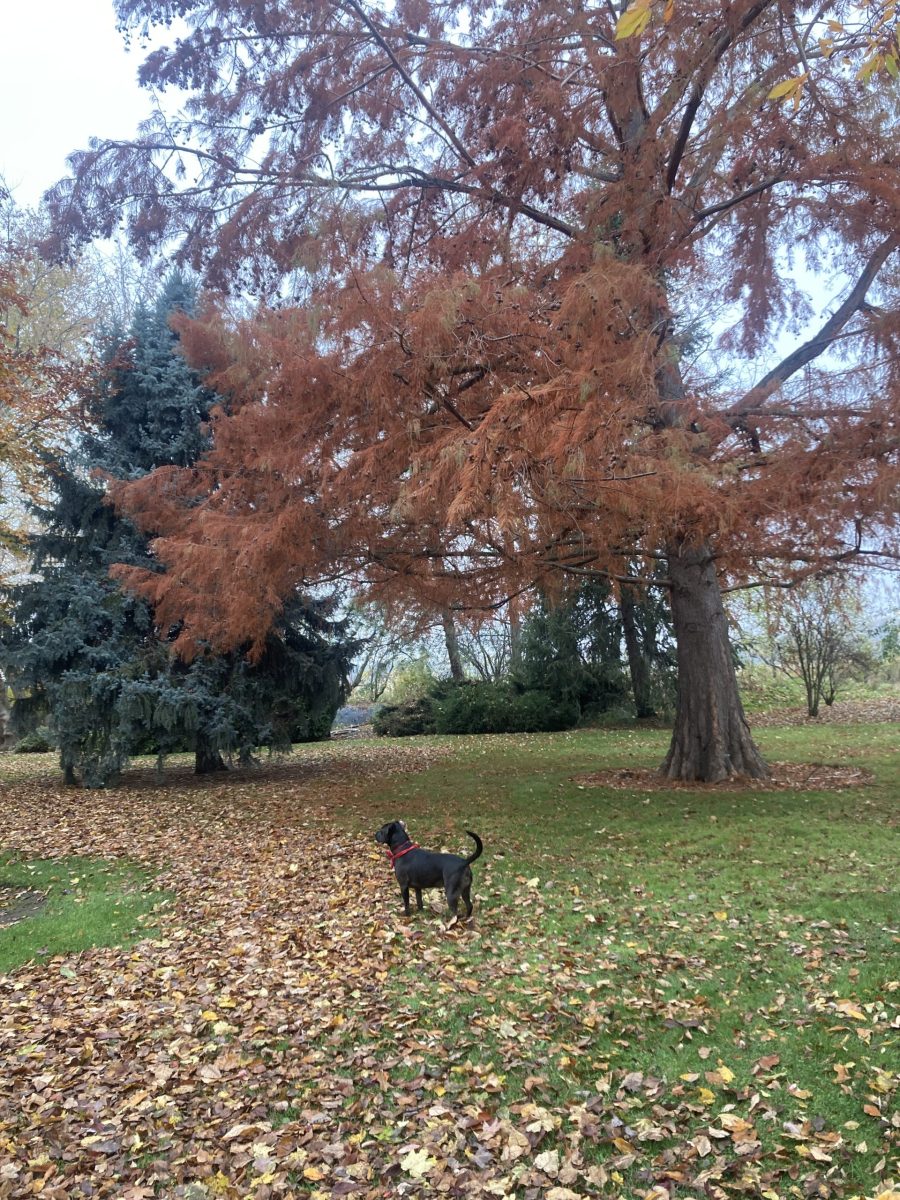
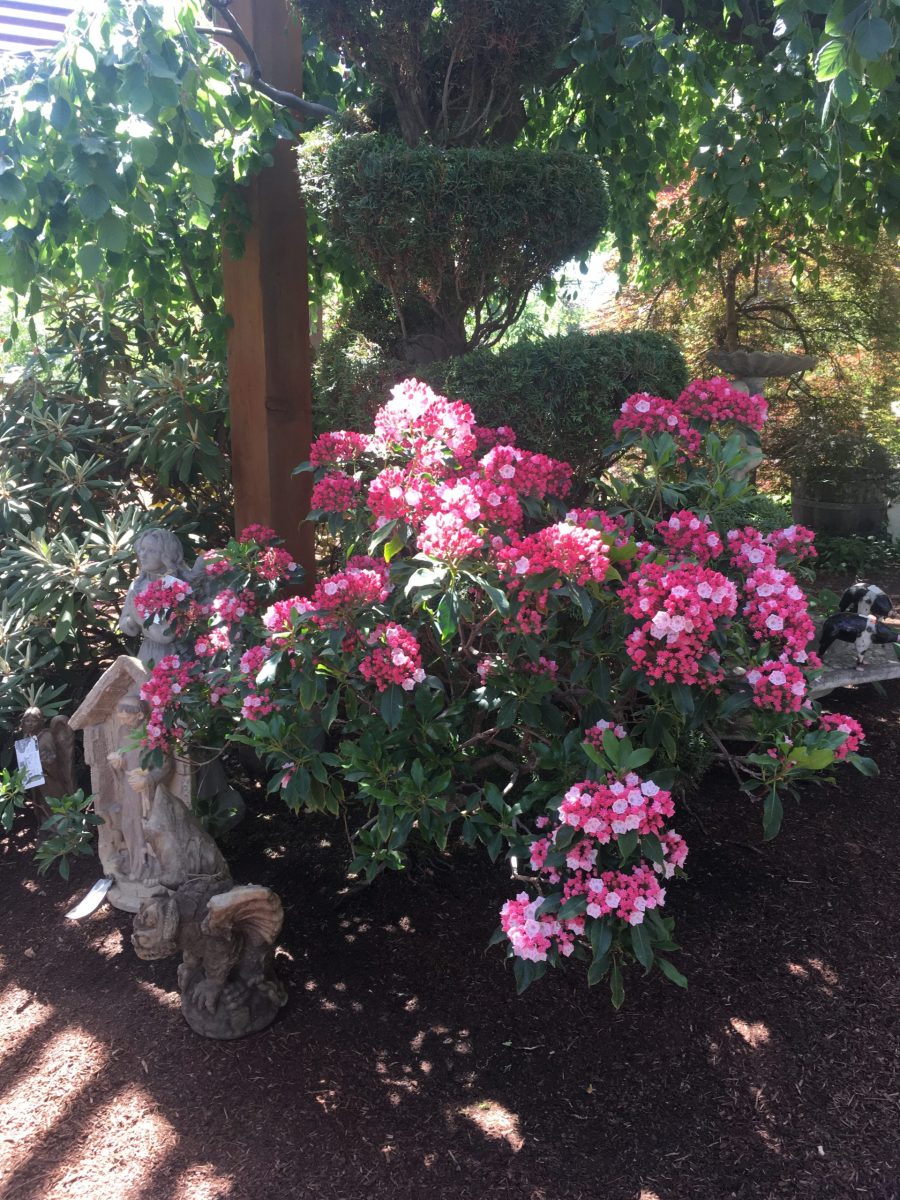

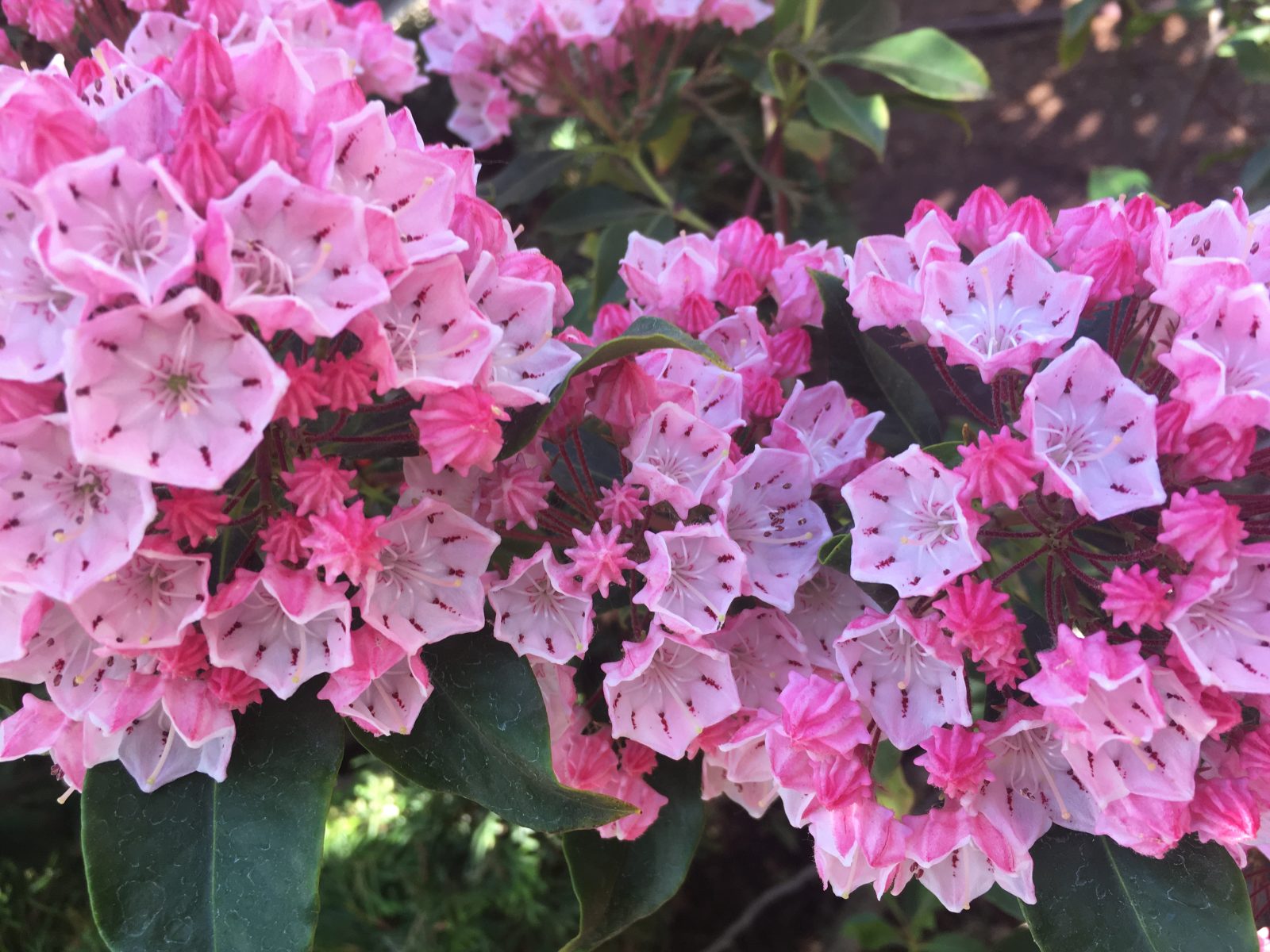
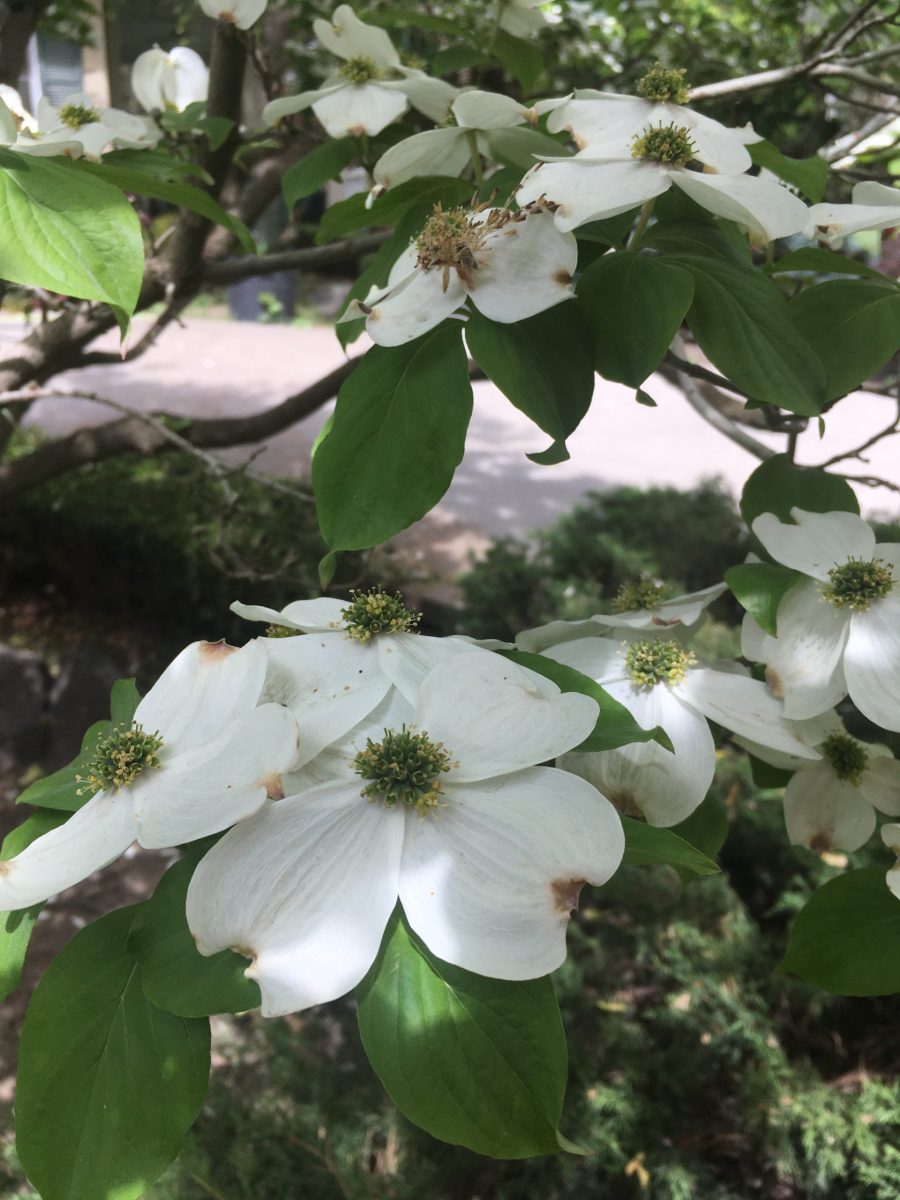
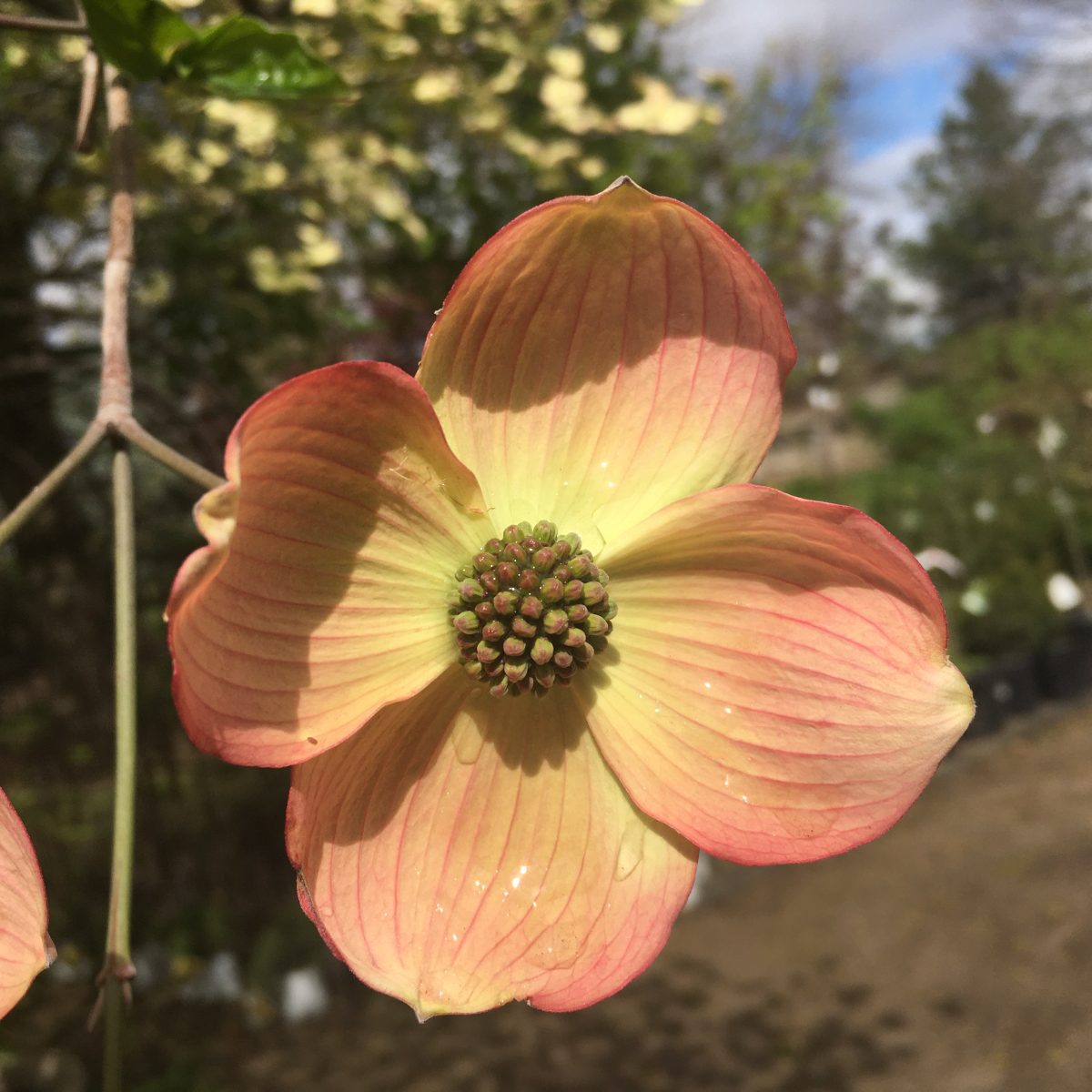

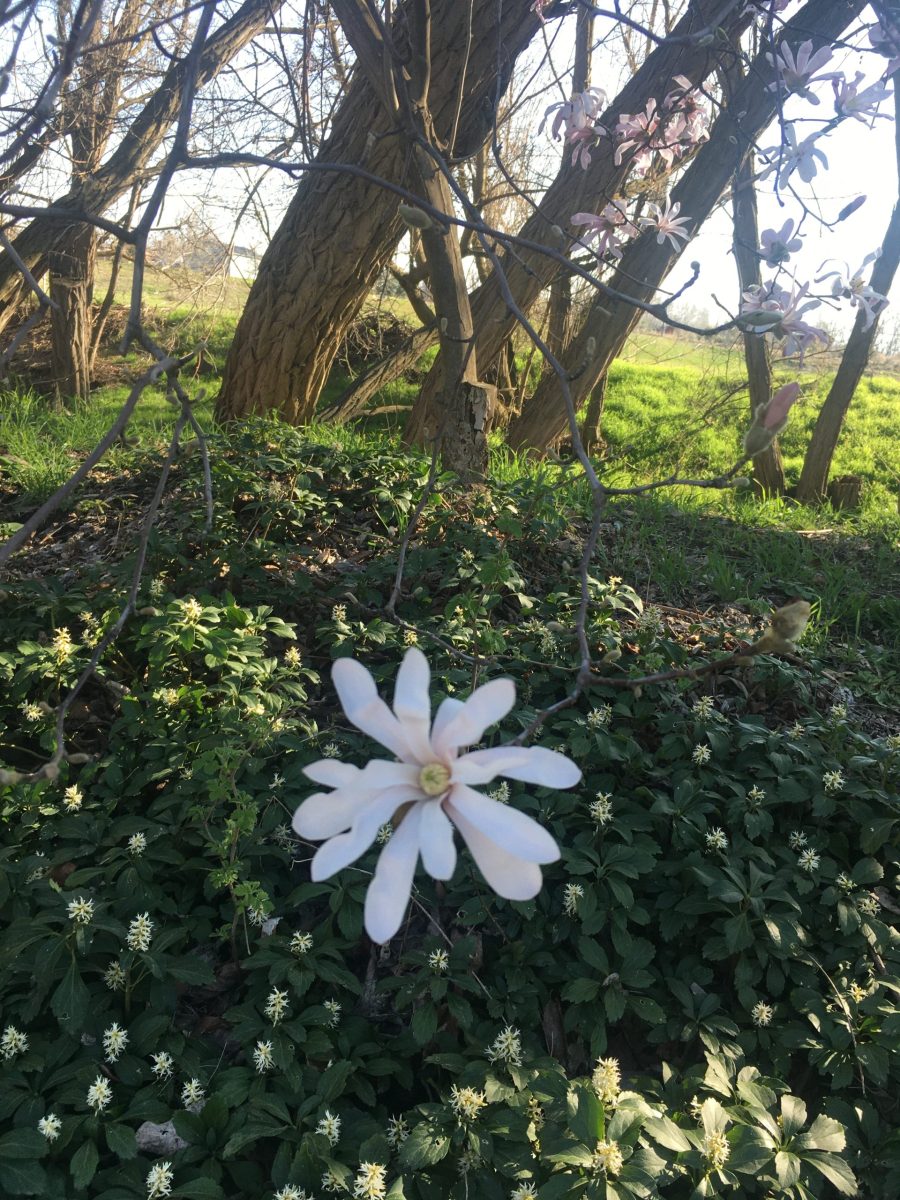
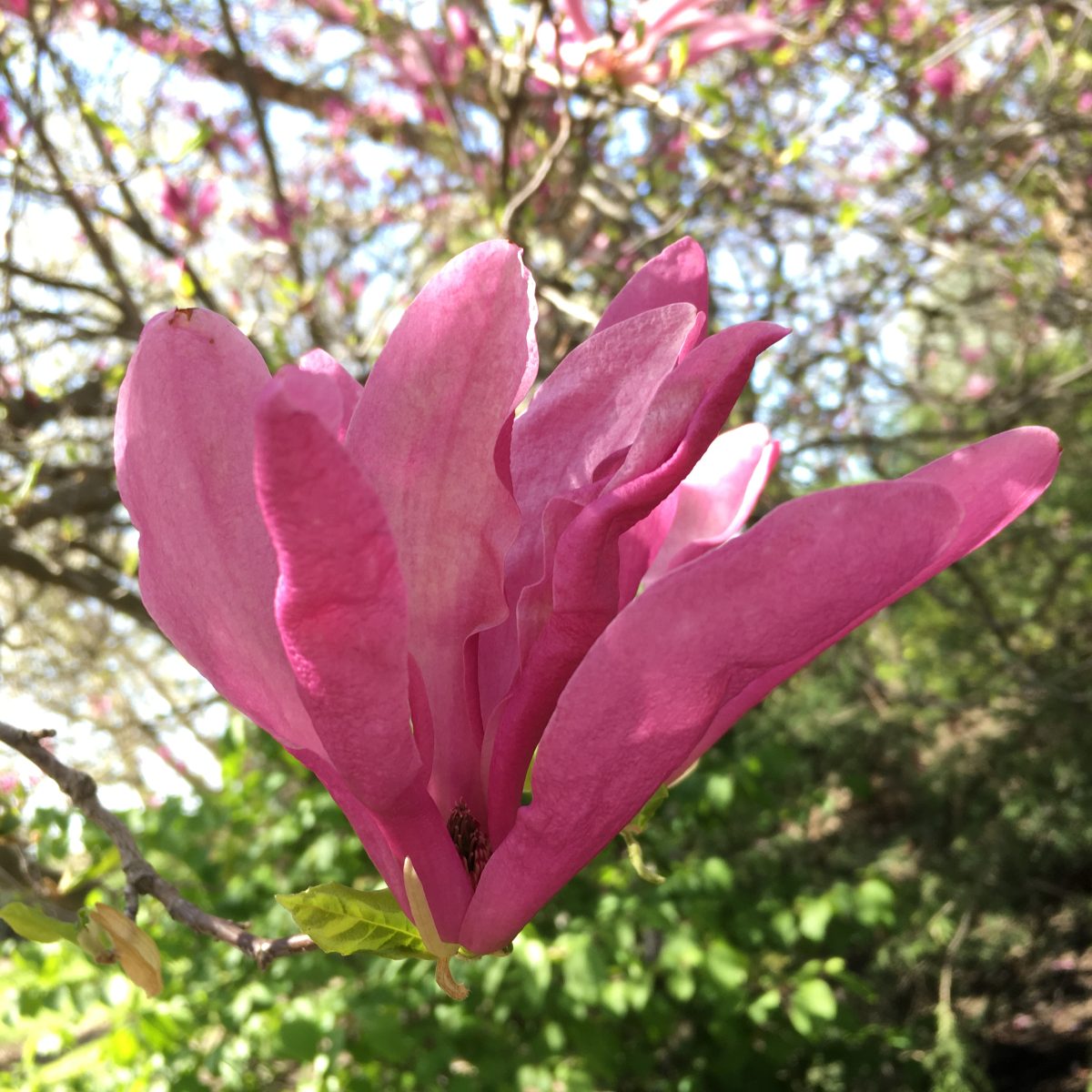
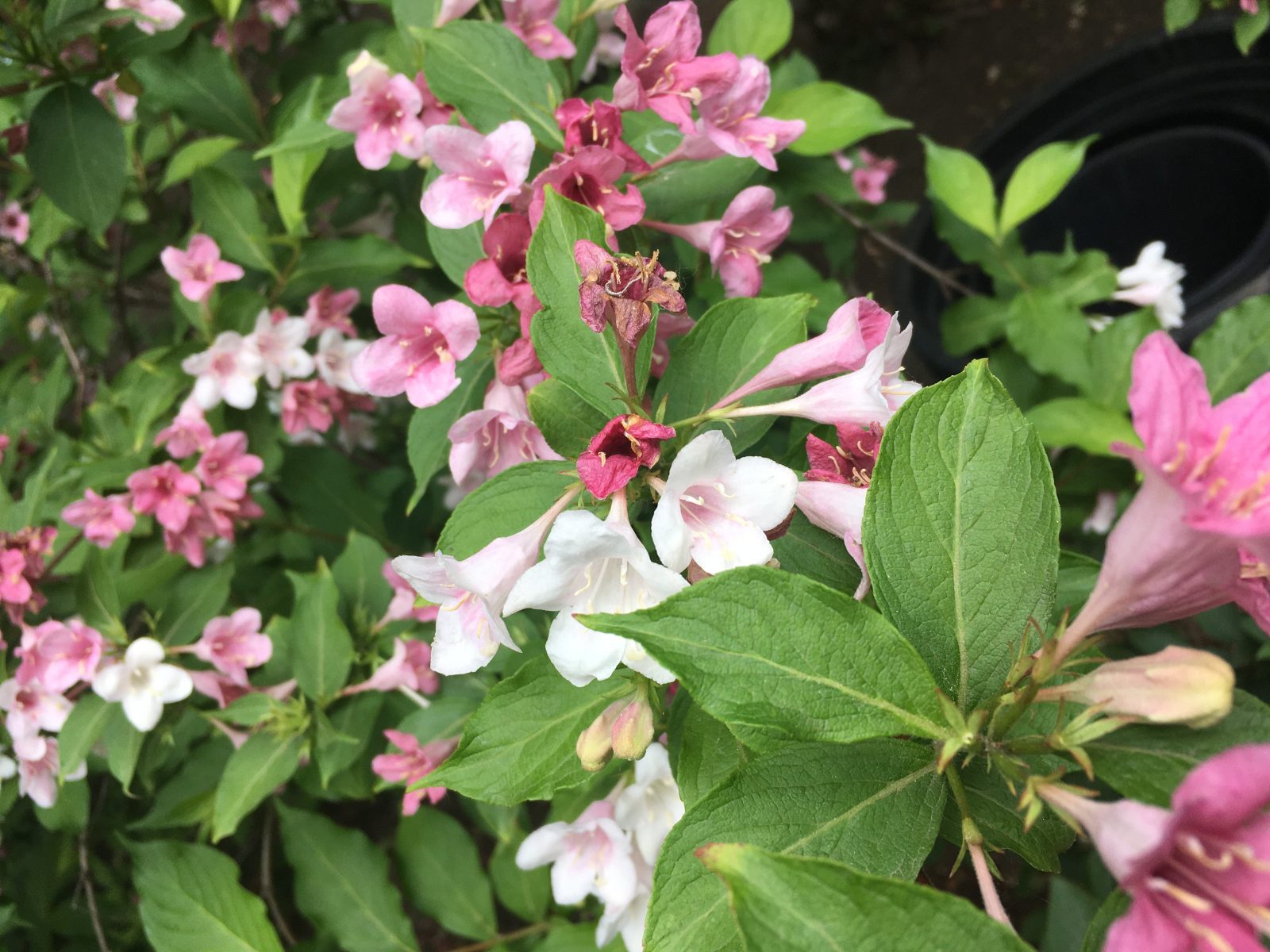




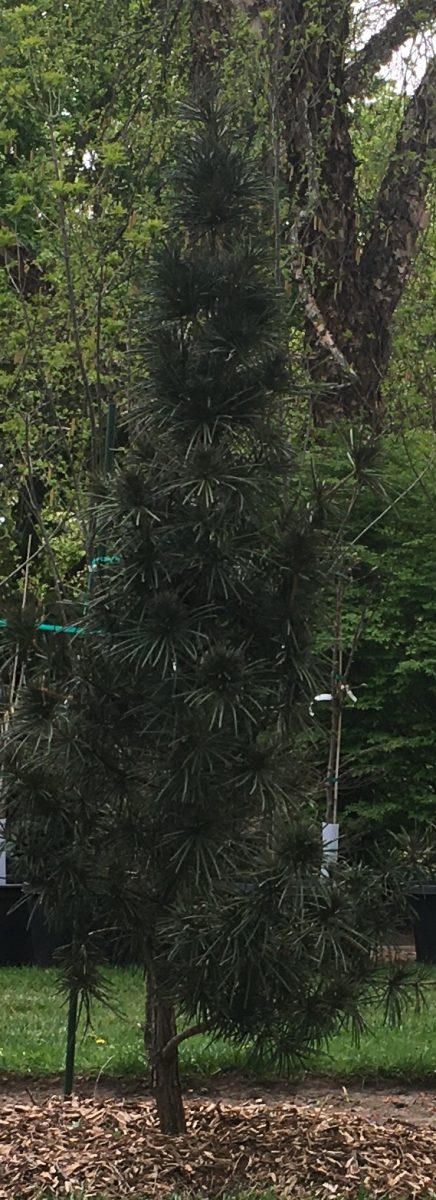

In addition to the living collection, the arboretum also includes a unique historical structure—an antique chicken coop that is over 100 years old! This coop was built in 1905 by members of the local Loiacono family, from whom the Jasos purchased the land.
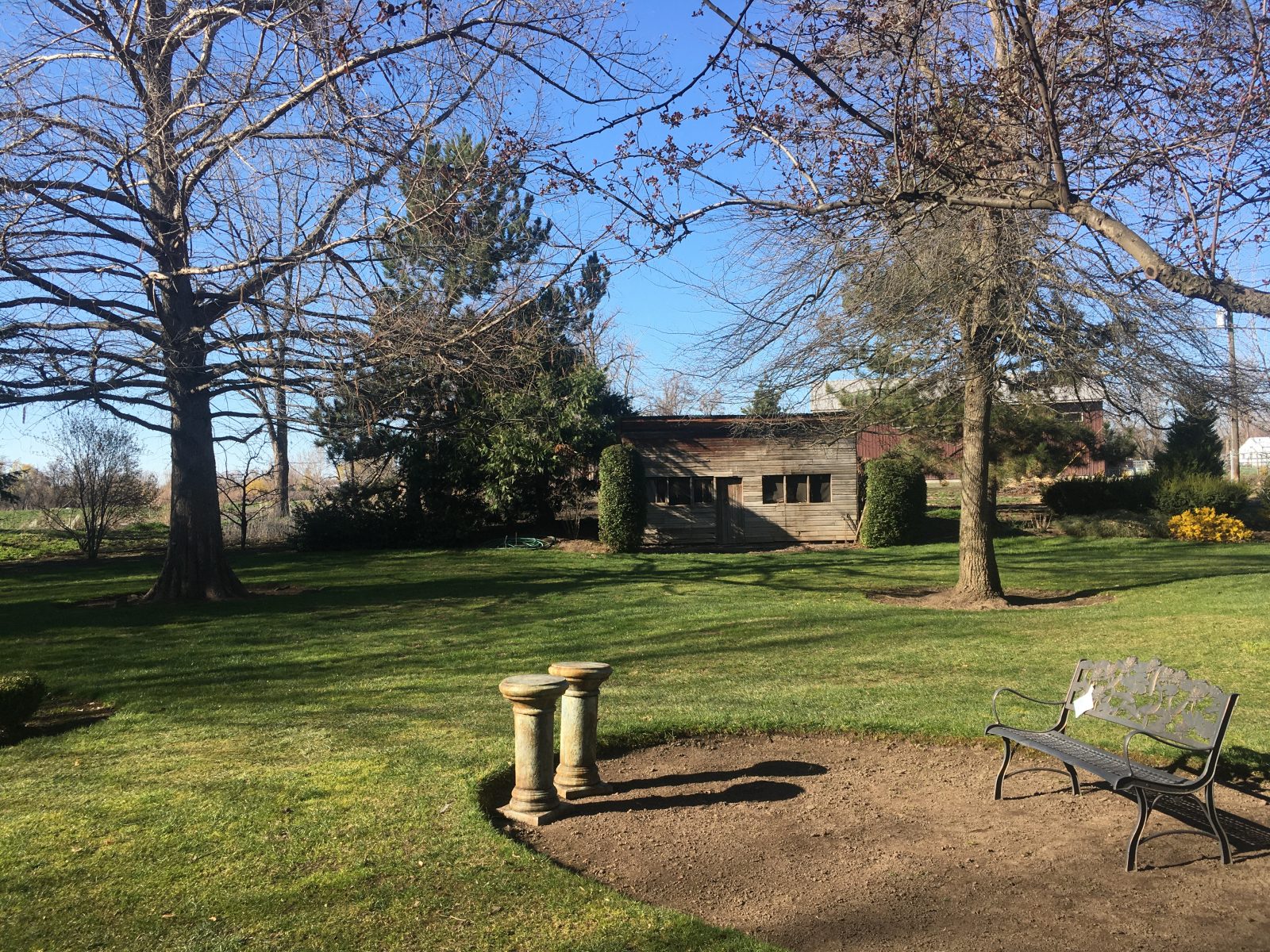
The Green Valley Gardens arboretum is open to the public during nursery business hours in spring, summer, and autumn. Spring flowers abound, autumn colors are stunning, and birdwatchers will find no shortage of winged friends to identify. The arboretum is a great place to learn about landscape design, cultivar history, and plant taxonomy, or to just enjoy a nice shady environment on a hot summer day.
We have made every effort to provide the most current accepted Latin family, genus, and species names for our arboretum specimens, but visitors should be aware that plant taxonomy is an endlessly changing field due to a rapidly evolving body of plant genetic research. We recommend verifying the most current accepted Latin names for species of interest using the Kew Gardens Plants of the World Online database.
Where we have been able to verify cultivar names, we have included them in our arboretum specimens list. We have also made every effort to provide some basic information about the makeup of any hybrid specimens, with the caveat that for many crabapple (Malus spp.), magnolia, and rhododendron cultivars, hybrid lineage is either too complex or too poorly recorded in horticulture documentation for us to present in this forum. The best resources for such plants tend to be published cultivar registers and specialized botanical society websites, such as the American Rhododendron Society database.
Although many of the cultivars featured in the Green Valley Gardens arboretum are no longer commonly available in the nursery trade, many of the plants we sell in the nursery can be found growing as mature specimens in the arboretum, and we typically carry cultivars that are similar to those that are no longer available. Our arboretum gives our customers the unique ability to see mature versions of plants in a high-quality landscape setting before choosing which nursery plants to buy. If visitors find something they like growing in the arboretum, our employees will help them find something comparable in our nursery stock selection.
We would like to thank the following individuals for the mentorship and assistance they gave Loretta with plant identification during the two years of cataloguing and curating the Green Valley Gardens living collection: Yvonne Jaso, John Jaso, Naomi Thomas, Katie Hopper, Julie Banister, and Alex Wright; University of Washington Elisabeth C. Miller Library employees Laura Blumhagen and Rebecca Alexander; the living relatives and friends of the C.M. Hobbs & Sons, Inc. nursery in Indiana; Rick Haggard, Executive Director of the Indiana Nursery and Landscape Association; Jason Veil, Curator of the Ohio State University Secrest Arboretum; the librarians at the Plainfield-Guilford Township Public Library in Indiana and the University of Minneapolis library; and Rita Hassert at the Harvard Morton Arboretum.
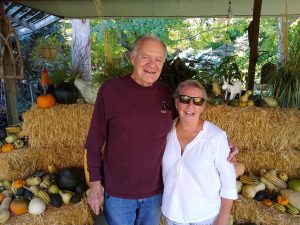
A few more scenes from the arboretum…
